Imagine a bonsai with roots so perfectly spread across the surface that it looks as though it’s gripping the earth with ancient wisdom. This feature, known as Bonsai Nebari, is what sets truly remarkable bonsai apart from the rest.
But how does one cultivate these stunning surface roots? What secrets lie in the soil, the pruning, and the careful guidance of each delicate root?
In this article, we’ll unravel the techniques and tips to help you develop Nebari that not only adds beauty to your bonsai but also enhances its strength and stability. Let’s explore the art of developing Nebari!
What is a Nebari
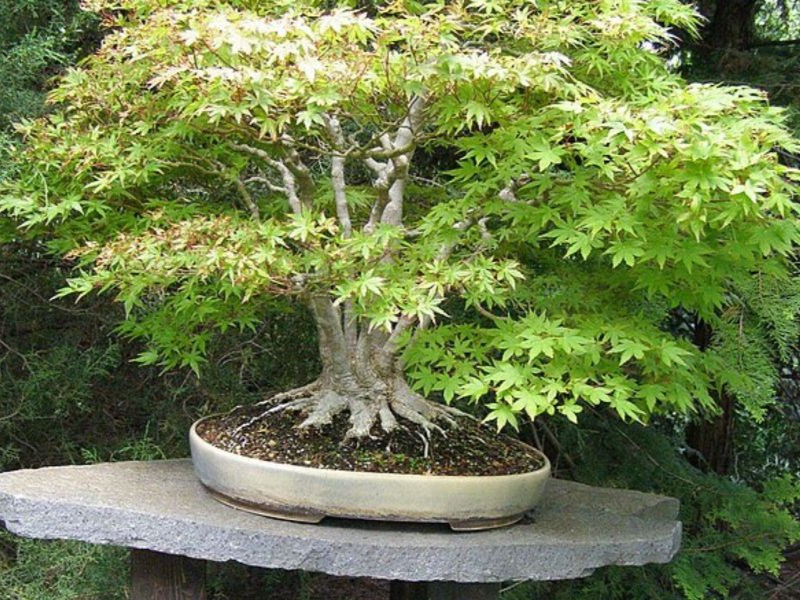
Bonsai Nebari or surface roots, is the visible spread out of the roots from the base of the trunk. These roots are not just for show; they are fundamental to the tree’s design and health. The Nebari forms a broad, stable base, giving the bonsai an aged, grounded appearance that is highly prized in bonsai artistry.
A well-developed Bonsia Nebari is characterized by a few crucial features that contribute to its strength and visual appeal. The most important aspect is the way the roots spread out from the base of the trunk. Ideally, the roots should flare outward in a gradual, even manner, creating a broad, stable base that supports the entire tree. This flaring effect not only enhances the bonsai’s aesthetic but also provides the tree with a solid foundation, making it appear more grounded and mature.
In addition to proper spreading, the roots should be evenly spaced around the trunk. An even distribution prevents any single area from becoming overcrowded, which can lead to weak spots or uneven growth. Good Nebari also features roots that grow horizontally rather than vertically. This horizontal spread contributes to a more natural and mature look, resembling the way trees grow in nature.
Choosing the Right Bonsai Species for Nebari Development
When choosing a bonsai species for Nebari development, consider factors such as root structure, growth habits, and adaptability to your environment.
Species with flexible root systems and good adaptability are easier to shape and maintain. Ensure the chosen bonsai species matches your growing conditions and skill level to achieve the best results.
Certain bonsai varieties are naturally inclined to develop impressive surface roots, enhancing the overall look and stability of the tree. Some of the best species for Nebari formation include:
- Japanese Black Pine: Known for its robust root system, it forms a strong, visible Nebari with proper care.
- Trident Maple: This species develops a broad, flat root base that is ideal for creating an attractive Nebari.
- Ficus: Ficus trees are well-suited for Nebari due to their adaptability and ability to produce surface roots readily.
- Chinese Elm: It has a vigorous root system that can be shaped into a striking Nebari with regular pruning.
Techniques for Developing Nebari in Bonsai
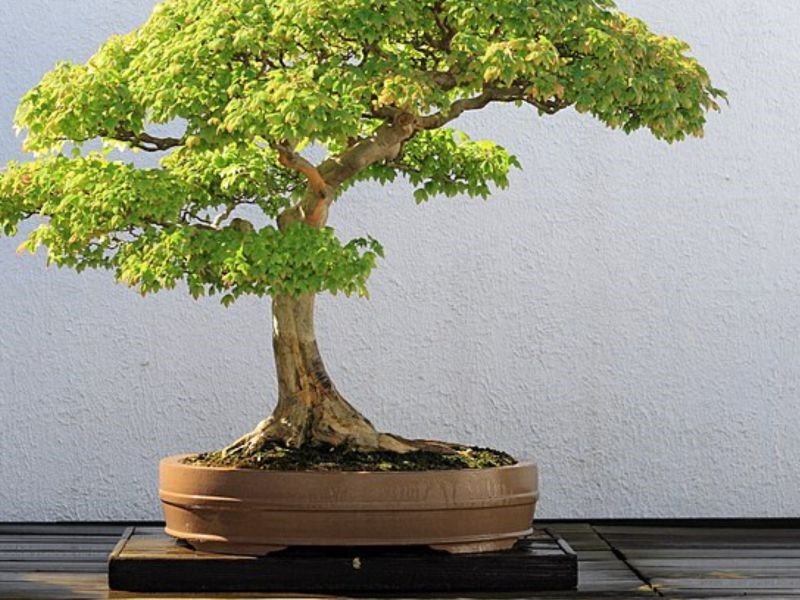
Developing Nebari, or surface roots, is key to creating a visually striking and stable bonsai. Effective root management not only enhances the bonsai’s appearance but also supports its health. Here are essential techniques for cultivating attractive and robust Nebari:
Initial Root Pruning and Training:
- Importance: Pruning early is vital for establishing a balanced root system. This helps the bonsai develop a broad, stable base, crucial for both visual appeal and stability.
- How to Do It: Trim long or thick roots growing downward or inward. Shape the remaining roots to promote outward and radial growth. This approach prevents congestion and sets the stage for a well-balanced Nebari.
- Tools: pruning shears for precise trimming
Wiring and Spreading Surface Roots:
- Process: Gently wrap bonsai wire around the roots and guide them horizontally. This encourages a spreading root base that enhances both appearance and stability.
- Purpose: Wiring helps roots grow outward rather than downward, creating a natural and aesthetically pleasing Nebari. Ensure the wire is not too tight to avoid damaging the roots.
- Tools: bonsai wire for wiring and shaping roots.
Root Grafting for Nebari Enhancement:
- Technique: Attach new root segments to existing roots to improve density and coverage. This advanced technique helps fill gaps and strengthen the Nebari.
- Application: Select healthy root segments and carefully graft them onto the main roots to enhance the overall root system.
To understand root grafting better, here’s a video showing how to do it:
Tips:
- Avoid Over-Wiring: Excessive wiring can harm roots.
- Monitor Pruning: Incorrect pruning can hinder root development and affect health.
Soil Composition and Potting Techniques for Optimal Nebari
For healthy Nebari development, the right soil mix is crucial. A blend that ensures excellent drainage and aeration is ideal. Combine components like coarse sand, Akadama, and pumice to create a well-draining mix. This type of soil allows air to reach the roots, promoting strong surface root growth and reducing the risk of root rot. Avoid heavy, clay-based soils as they retain too much moisture, which can hinder Nebari development.
Repotting is another key aspect of maintaining Nebari. Perform repotting every 1-2 years to refresh the soil and check the root system. Choose a time in early spring, just before the growing season starts. When repotting, carefully prune any long or tangled roots and ensure that the surface roots are spread out evenly. Use tools like root hooks and pruning shears to manage the roots effectively.
Seasonal Care and Maintenance for Nebari Bonsai
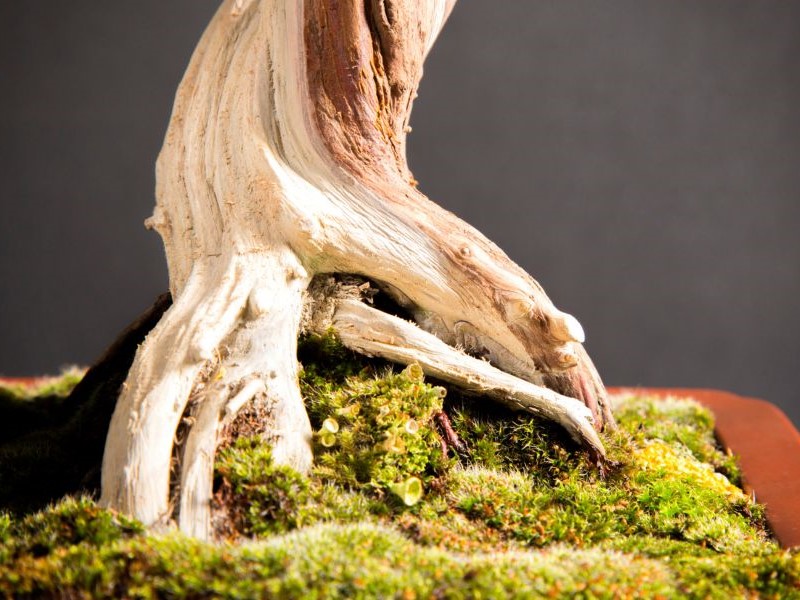
To maintain and enhance Nebari throughout the year, follow a seasonal care routine. In spring, focus on light pruning to encourage the growth of new roots. Remove any roots that are growing too deeply or are not contributing to the surface spread. As the weather warms, increase watering to support active growth. Summer requires regular checks for root health and moisture levels; ensure the bonsai does not dry out or become waterlogged.
In autumn, perform a more thorough root pruning if necessary, preparing the bonsai for the coming winter. Reduce watering as the tree’s growth slows down and begin applying a balanced, slow-release fertilizer to support root development. During winter, keep the bonsai in a stable environment, avoiding extreme temperatures and ensuring minimal watering. This seasonal approach helps sustain healthy Nebari, enhancing the overall stability and appearance of your bonsai.
Common Challenges in Nebari Bonsai Development and How to Overcome Them
One of the main issues with developing Nebari bonsai is root rot, which often results from poor drainage or overwatering. To prevent root rot, use a well-draining soil mix and ensure the bonsai pot has adequate drainage holes. If root rot occurs, remove the affected roots and repot the bonsai into fresh soil, adjusting watering habits to avoid future problems.
Another challenge is dealing with uneven or weak surface root. This can happen if they don’t spread out uniformly or if some areas are underdeveloped. To address this, regularly prune and guide the roots as they grow. You can also use techniques like root grafting to strengthen weak areas. Be patient and consistent with these practices, as developing strong Nebari takes time. With careful attention and proper techniques, your bonsai’s roots will improve, enhancing both its beauty and stability.
Conclusion and Final Tips
Developing a bonsai Nebari in your bonsai enhances both the beauty and stability of your tree. By mastering techniques like root pruning, wiring, and choosing the right soil, you lay the foundation for a stunning Nebari.
Keep experimenting and refining your skills—each step brings you closer to achieving a beautifully balanced and resilient bonsai. Share your progress and experiences, and stay curious. Your dedication will transform your bonsai into a true work of art.


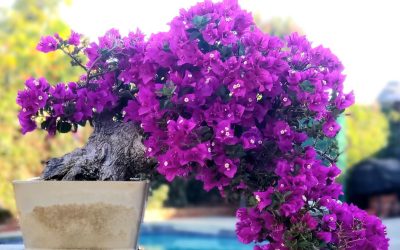
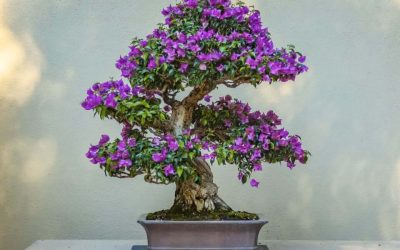
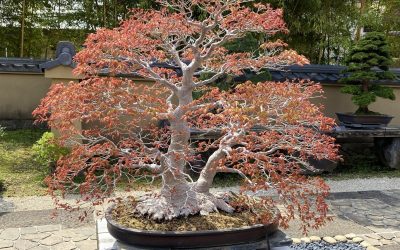
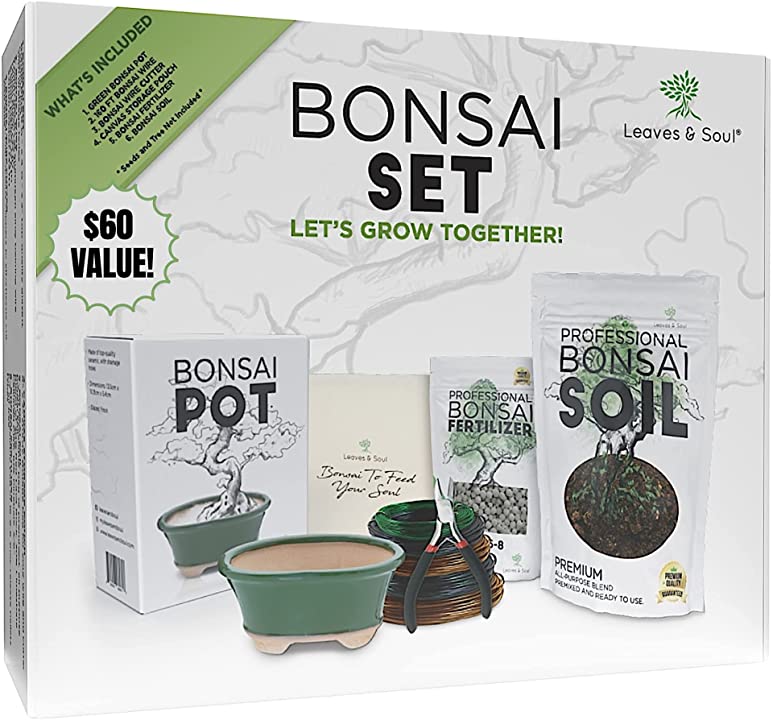
0 Comments